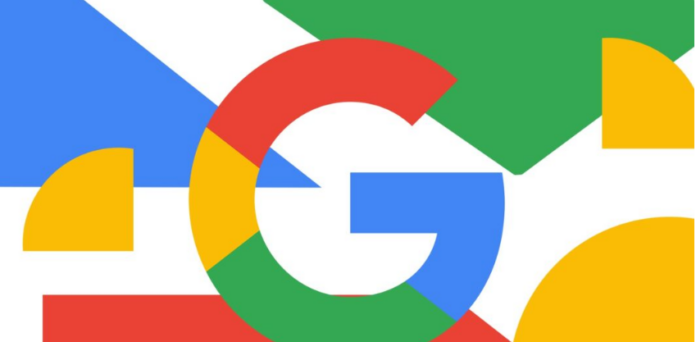Google on Tuesday began inviting users of its services to adopt passkey — a mode of account authentication that doesn’t require a password. The use of this type of access will be requested by default when creating Google accounts. In addition to the search engine company, Microsoft, Apple and other big techs are involved in popularizing passkeys
For those who are floating with the name, we will explain what a passkey, also called passwordless (and show that you already use some type of access key). Instead of creating and memorizing a password, a passkey uses some unique means to authenticate your login to some service.
For example, when you enter a website, it may ask you to validate your fingerprint through your phone’s sensor or perform facial recognition through your webcam using Windows Hello.
Another very popular form of passkey — and already used by Google — is to validate a code sent to the app. You know when you sign in to Chrome on a PC and you get a message telling you to open the app, confirm the login, and click on a number? This is a form of passkey that is automatically generated on Android devices.
Passkeys become standard on Google
Now, with Google campaigning for the adoption of passkeys, the technology will be standard in the company’s accounts. Prior to this, the user had to go to the settings to activate the passkey.
In its blog, Google informs that when you enable passkeys, the option “Skip passwords when possible” will also be enabled by default in your account. Thus, in future accesses you will not need to enter your password. All you have to do is use a passkey created in your Google account.
Microsoft and Apple defend the use of passkey
In May 2022, in addition to Google, Apple and Microsoft committed to adopting passkey support across all their services starting in 2023. The companies hope that in the near future, the use of passwords will be eliminated and online browsing will be more secure — as passkeys make it more difficult to steal passwords.










